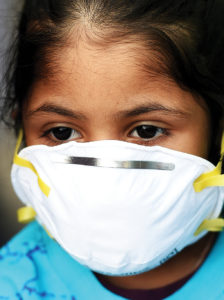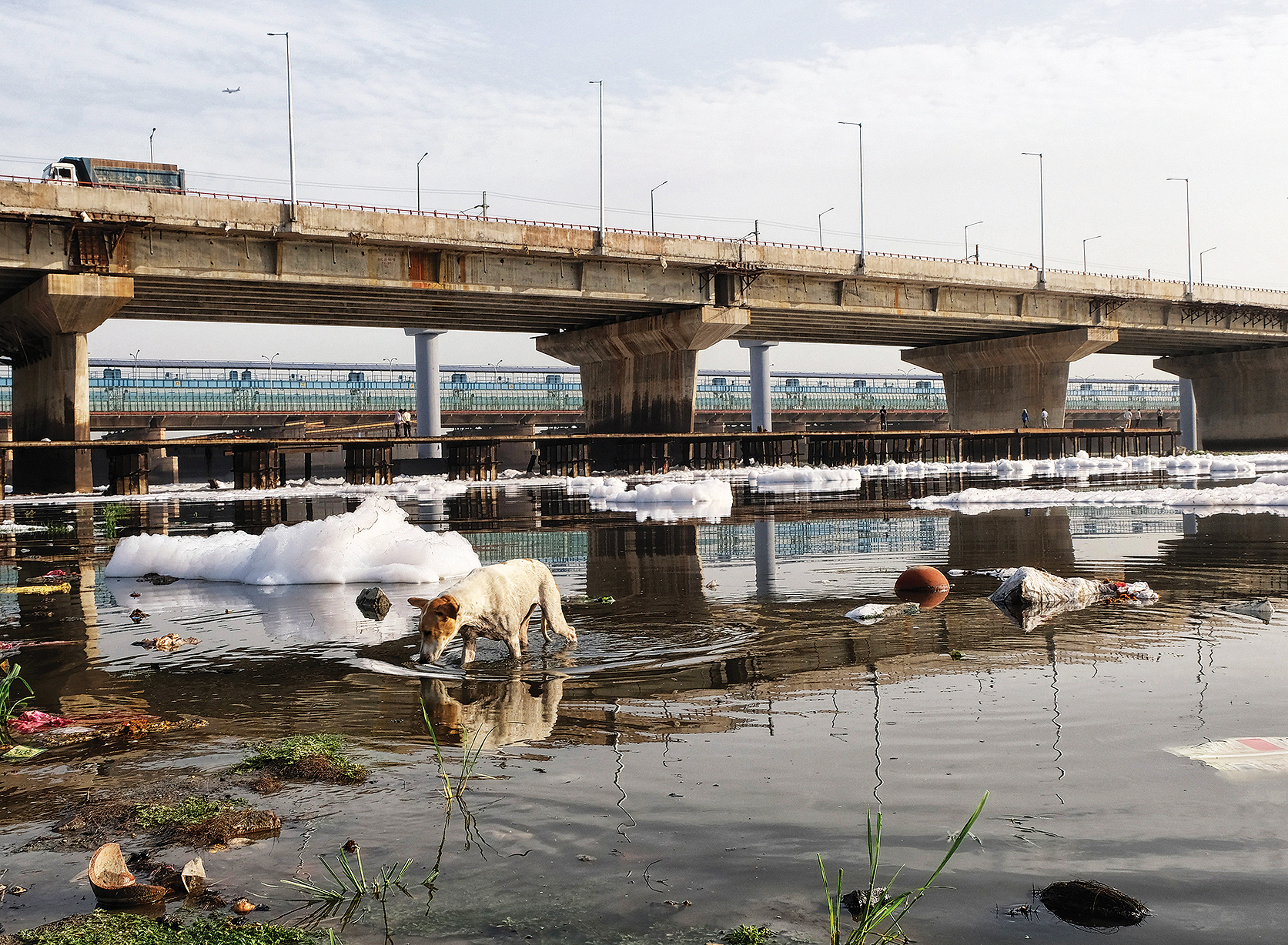With climate change being a big issue across the world now, what changes has the climate in Delhi suffered over the past few years? Patriot speaks to experts to find out
In a new climate report published by the United Nations, which comprises 7000 studies by 100 international climate experts, it has been discussed how badly climate change has affected the natural resources around the globe.
The report indicates temperatures in oceans rising, the icebergs and glaciers melting, resulting in less heat being absorbed by the water bodies, and causing mass flooding in all over the world by 2050.
The experts have termed this as the worst climate of the world in history, and also warned that the existence of mankind is at stake.
But with all the hefty talk and warnings on global warming, and how it is taking a toll on the world, what changes has Delhi experienced in its climate in the past few years?

Mahesh Palawat, Vice President, Climate Change and Meteorology at Skymet Weather Services, says that like places all over the world, Delhi too is experiencing climate change due to global warming. “The sea levels are increasing and therefore moisture in air is increasing all over India including Delhi, and thus more heat is getting trapped in the air, leading to rise in temperatures,” he explains.
Palawat says that if we take a closer look, the amount of heat wave has been on the increase every year, and this is an occurrence for the past 19 years, as opposed to earlier, when such was not the case. This year the maximum temperatures reached a record high of 48 degrees Celsius – the highest ever temperature recorded in Delhi.
Similarly, during the winters, there are instances of cold wave across the city for the past few years. Palawat agrees that the Capital did experience chilling winters even earlier, but now temperatures are dropping to as low as 2-3 degrees Celsius, which is quite lower than what the normal winter temperatures, which is around 10 degrees Celsius.
He also raises concern about the fact that global warming is also taking a toll on the duration of the seasons. The summers are now longer and winters are shorter. “Earlier we used to take out our woolens by the end of October and now winter doesn’t arrive till the end of November,” says Palawat, adding that winter may make a late entry this year also.
What however, is the most concerning factor, Palawat says, is the shift in the amount and pattern of rainfall that the city receives down the years. “The average annual monsoon rainfall is around 600 mm, but for the past decade this number has decreased, sometimes even going down by 50%”, he says, adding that the number of rainy days in the city has also decreased in the last 10 years.
The effects of this scarce rainfall, as described by environmental activist Vikrant Tongad, is seen in the fact that many lakes in the city, 300 according to a report by NGO Mission Paani, have dried up. “Lesser and lesser rainfall added to the fact that temperatures are ever increasing and has contributed to more and more lakes and water bodies vanishing from the city,” adds Tongad. This, in turn, has also resulted in the depletion of groundwater levels in the city, leading to severe crisis of drinking water.
Palawat says that the pattern of rainfall in the city too has changed. “Earlier there used to be continuous spells of short rainfall for 2-3 days. Now, the intensity of rainfall is high, but it lasts for not more than three hours,” he infers. This, along with increased series of depressions and frequent thunder and lightning strikes in the city, contributes to what Palawat terms as natural anomalies. “These are extremely harmful for the environment, and in future can lead to natural disasters in the city,” he adds.
If these intense rainfall spells for two-three hours continues to increase in the coming years, Palawat says that it can lead to a Mumbai like flood situation as the Yamuna water may overflow into the city.
So, the question remains as to how has Delhi contributed to this global problem of climate change. According to Dwarka-based environmental activist V Selvarajan, one of the major factors that have contributed to the decline in the climate of the city is the rapid urbanisation and concretisation of natural spaces inside the city like the Aravalli range areas.
“Just a few days ago, a large number of trees were felled here in Dwarka for the construction of the Dwarka expressway. If we wipe out all our green cover, there will be nothing to protect us from the ill effects of global warming,” says Serlvarajan, concerned.
“Also, Delhi has a large number of vehicular population which leads to emission of more greenhouse gases which affect the atmosphere,” he asserts. In fact, Delhi has a vehicular population of 1.1 crores, the largest in any city of India, so the amount of emission is huge.
So, how can we prevent the rapid climate change that is happening in the city.
“Plant more trees, and use public transport and carpool rides instead of travelling by your own car,”, advises Selvarajan.





